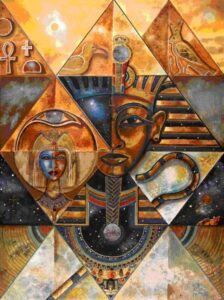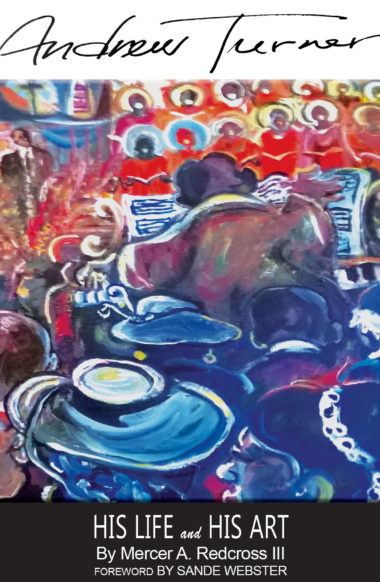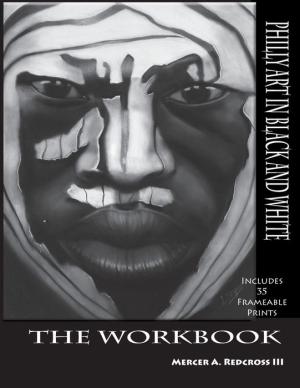
- This event has passed.
Black Art Lectures & Seminars

October Gallery Lecture Series and Seminars.
 Reserve your spot on Eventebrite – click here
Reserve your spot on Eventebrite – click here
Every Saturday and Sunday from November 8, 2025, through December 7, 2025, from 2 to 6 PM.
Each weekend classes will cover:
“The Art of Photography” with renown photographer Raymond W. Holman, Jr.
“Collecting Black Art” lead by African Art Distributor/Collector Michael Muhammad
“Print Making” with famous visual artist Andromeda Cook
Here is a sample of what will be covered in the “Collecting Black Art” class:
Collecting Black Art by Michael Muhammad
Nov 03, 2025
Collecting Black art is a meaningful practice that blends cultural preservation, historical documentation, aesthetic appreciation, and social justice. It goes beyond acquiring objects for personal enjoyment or investment; it is a deliberate engagement with the visual expressions of Black identity, experience, and imagination.
Historically, Black artists have been excluded from mainstream art institutions. Museums and galleries have often marginalized their contributions, resulting in limited visibility and representation. In response, private collectors—especially within the Black community—have played a vital role in preserving and promoting Black visual culture. Their efforts have helped elevate artists such as Romare Bearden, Faith Ringgold, and Jacob Lawrence, whose work now occupies a more prominent place in the cultural canon.
Collecting Black art is also an act of intellectual and cultural stewardship. Each artwork carries layers of meaning—historical, political, spiritual, and emotional. Collectors who engage deeply with these works contribute to a broader understanding of Black cultural production. They research provenance, contextualize pieces within historical frameworks, and share knowledge through exhibitions, publications, and educational programming. This stewardship extends beyond ownership; it involves advocacy for artists, support for emerging voices, and collaboration with institutions to ensure that Black art is accessible to diverse audiences.
The social impact of collecting Black art is profound. Art shapes perceptions, fosters empathy, and inspires change. By investing in Black artists, collectors challenge systemic inequities in the art market and affirm the value of Black creativity. This support can be transformative, providing artists with financial stability, visibility, and opportunities for growth. Moreover, collecting Black art affirms representation. When Black art is collected, exhibited, and celebrated, it sends a powerful message about whose stories are worthy of preservation. It affirms that Black lives, histories, and aesthetics are central to the cultural landscape.
Black art is not monolithic. It encompasses a wide range of styles, mediums, and themes—from figurative painting and abstract sculpture to digital installations and textile work. Collectors who embrace this diversity help dismantle reductive stereotypes and showcase the complexity of Black artistic expression. Themes explored in Black art include identity and ancestry, resistance and resilience, spirituality and ritual, and joy and everyday life. Works that trace lineage and explore heritage offer insight into the multifaceted nature of Black identity. Art that responds to social injustice and honors survival serves as a visual record of resistance. Pieces that engage with African cosmologies and sacred practices highlight the spiritual dimensions of Black life. Depictions of leisure, love, and community affirm the beauty of ordinary moments.
While private collections are important, collaboration with public institutions is essential for broader impact. Museums and universities benefit from partnerships with collectors who lend or donate works, co-curate exhibitions, and support educational initiatives. These collaborations help democratize access to Black art and ensure it reaches audiences beyond elite circles. Collectors also influence institutional priorities by advocating for the inclusion of Black artists in permanent collections and exhibitions.
The art market presents both opportunities and challenges. Recent interest in Black artists has led to higher valuations and greater visibility but also raises concerns about commodification and speculative buying. Ethical collectors approach the market with care, prioritizing relationships with artists and respecting cultural contexts. They understand that collecting is not just about acquisition—it is about responsibility.
The future of Black art collecting lies in intentionality, inclusivity, and innovation. Emerging collectors are using digital platforms to discover artists, share collections, and build communities. Trends include digital archiving, community-based collecting, youth engagement, and collective ownership. These approaches reflect a shift from individual possession to communal impact.
In conclusion, collecting Black art is a dynamic and meaningful practice that honors creativity, affirms representation, and contributes to a more just and vibrant cultural landscape. It is a testament to the enduring power of art to reflect, challenge, and transform the world.
Books that will be available during the seminars:

Collecting Black Art video – click here
.



